OUR HISTORY
How Clark and Standfield Started
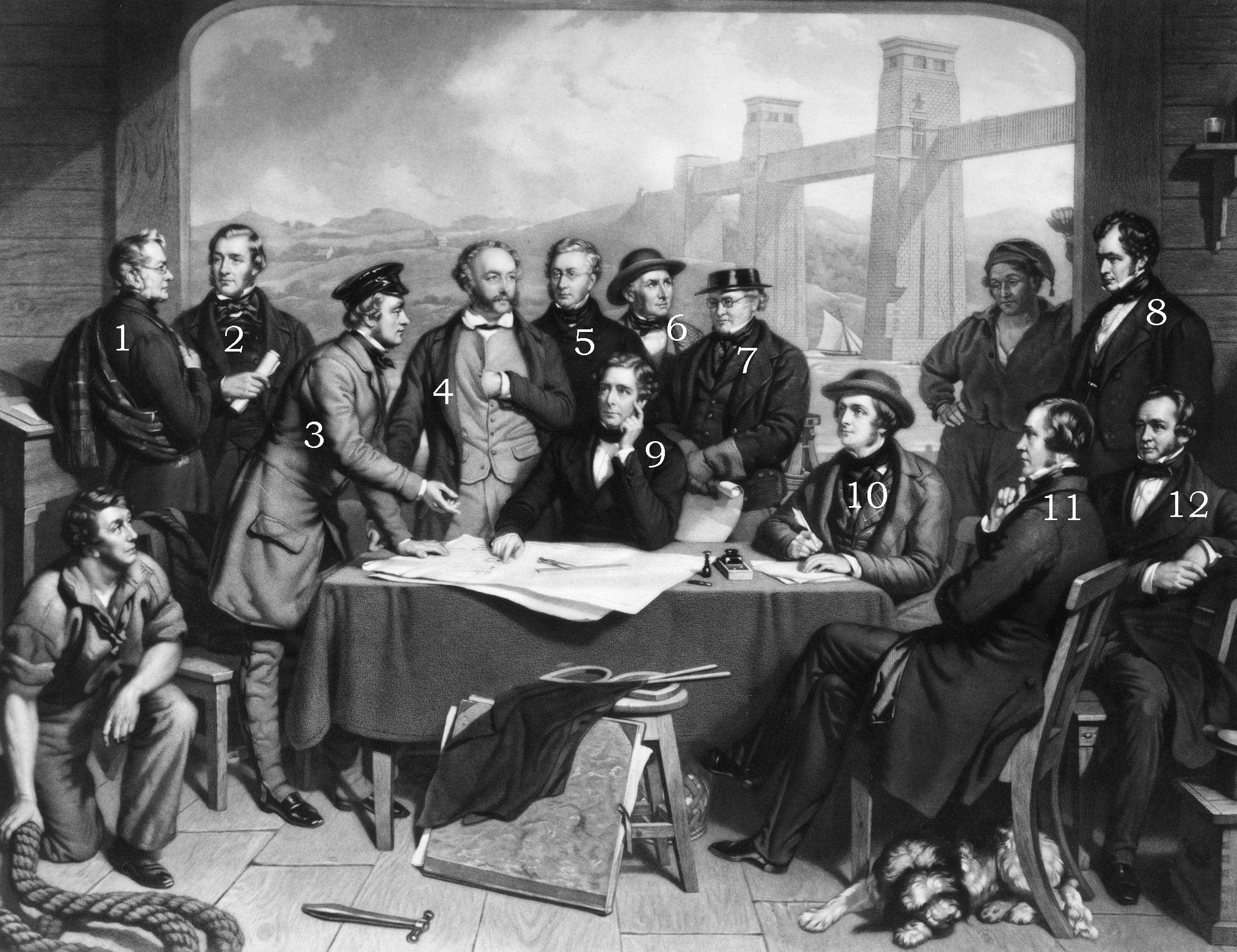
 1848
1848
Britannia and Conway Bridges
Edwin and Latimer Clark appointed Resident Engineer and Assistant Engineer on Stephenson's Britannia Tubular Bridge. Uses hydraulic rams to lift bridge sections into positions.
Picture: Key to the subjects: (1) Admiral Moorsom; (2) Latimer Clark; (3) Edwin Clark; (4) Frank Forster; (5) George P. Bidder; (6) Hemmingway, master mason; (7) Captain Claxton, RN; (8) Alexander Ross; (9) Robert Stephenson, MP; (10) Charles H. Wild; (11) Joseph Locke, MP; (12) Isambard Kingdom Brunel
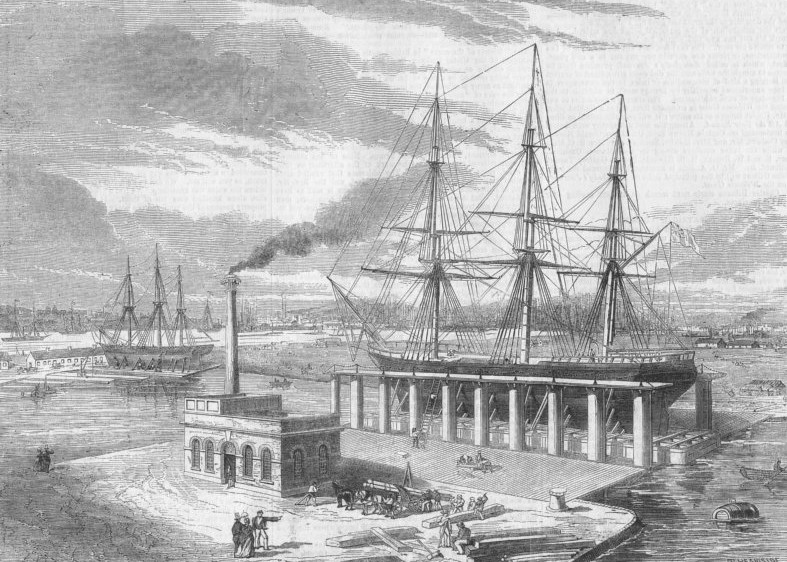
 1858
1858
Edwin Clark's Hydraulic Shiplift, London
Edwin Clark's Hydraulic Shiplift at the Victoria Docks, London opened capable of lifting ships of 6000 tonnes. Designed using experience with hydraulics on the Britannia and Conway Bridges.
Picture: Hydraulic Shiplift at the Victoria Docks
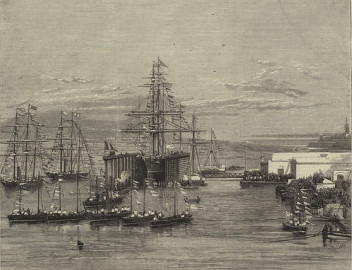
 1872
1872
Edwin Clark's Hydraulic Shiplift, Malta
Inauguration of Edwin Clark's Clarence Hydraulic Shiplift at Malta capable of lifting ships of 3000 tonnes.
Picture: Hydraulic Shiplift, Malta
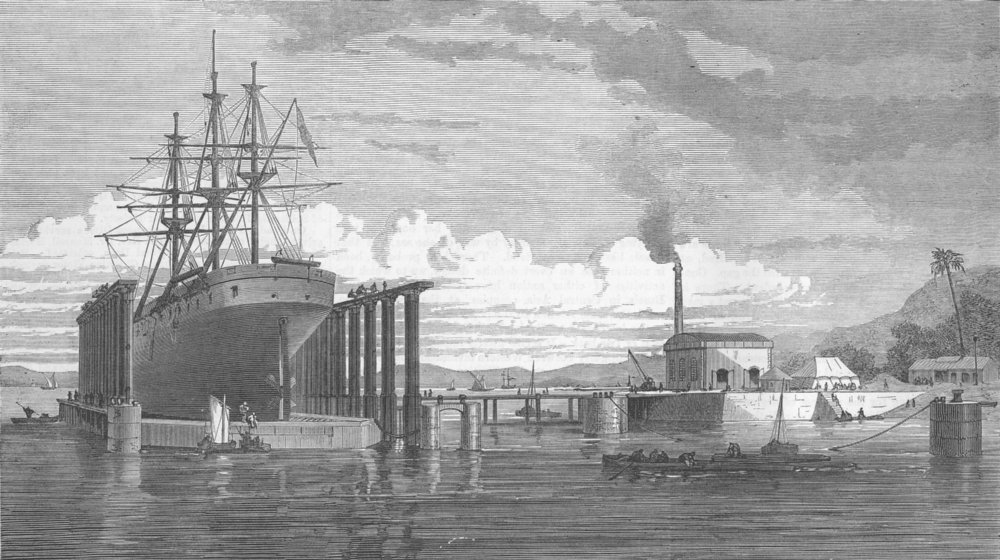
 1872
1872
Edwin Clark's Hydraulic Shiplift, Bombay
Edwin Clark's Hydraulic Shiplift at Hog Island, Bombay (Mumbai) opened capable of lifting 6,000 tonne ships. John Standfield appointed resident engineer overseeing it's construction.
Picture: Hydraulic Shiplift, Bombay
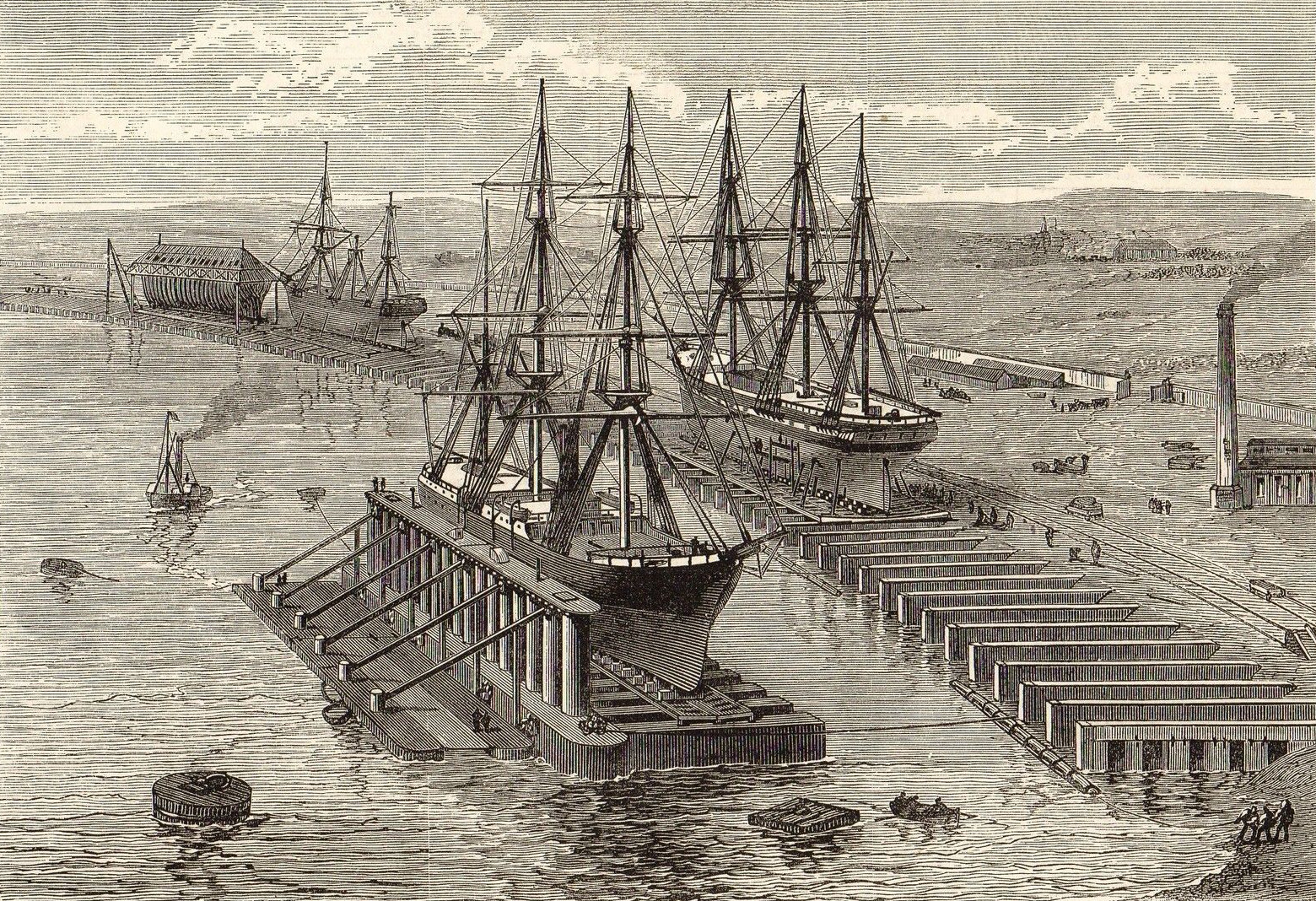
 1873
1873
Partnership of Clark & Standfield formed
John Standfield enters into partnership with Edwin and Latimer Clark to develop various types of novel docking arrangements. One, a depositing floating dock, interests Czar Nicolas ll.
Picture: Depositing Floating Dock Concept

 1873
1873
Malta Shiplift (Clarence Dock)
The Hydraulic Shipift at Pieta, Malta
Designed by Edwin Clark – Inaugurated 23rd January 1873.
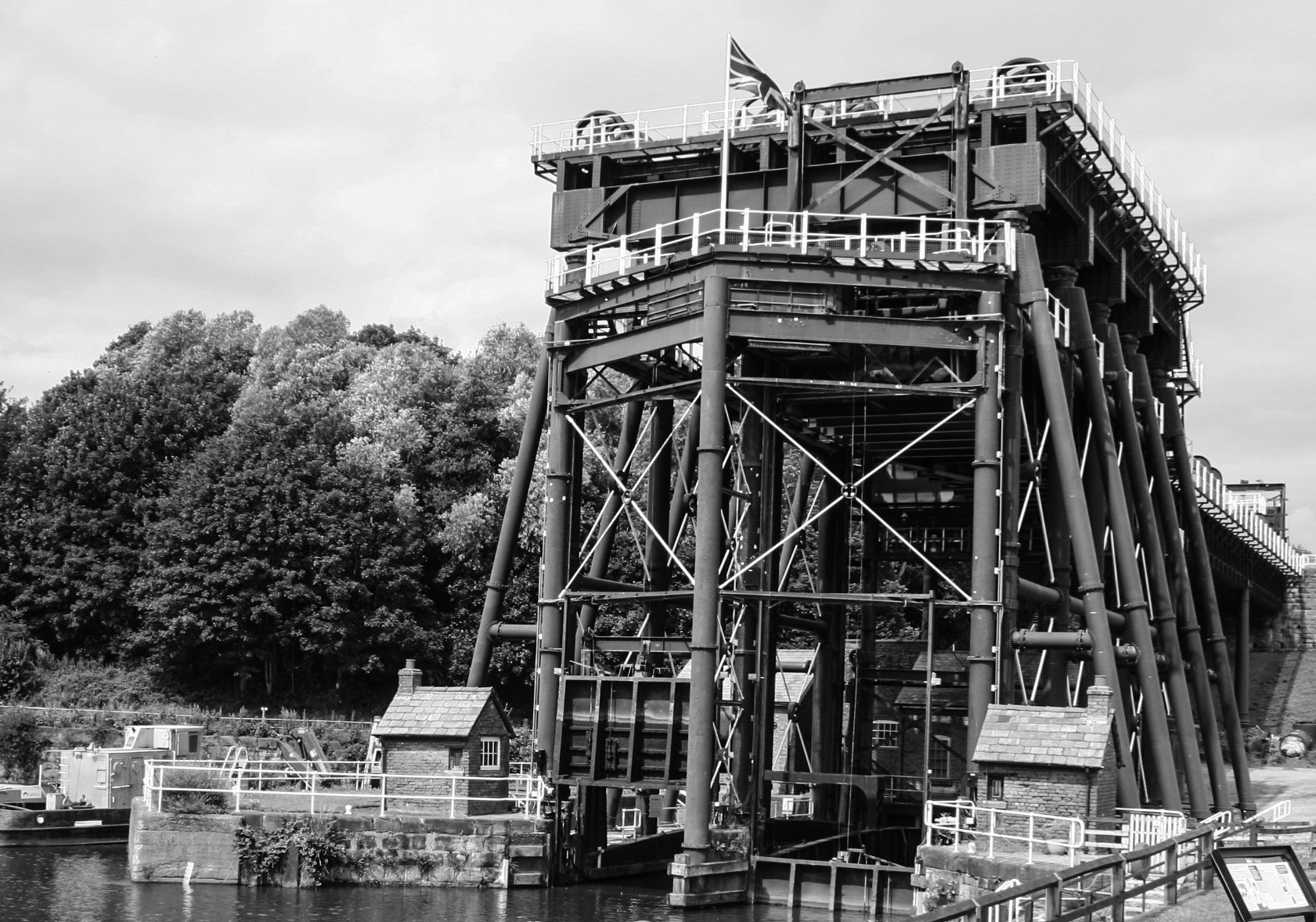
 1875
1875
Anderton Boat Lift
Anderton boat lift completed to Edwin Clark's design.
Picture: Anderton Boat Lift
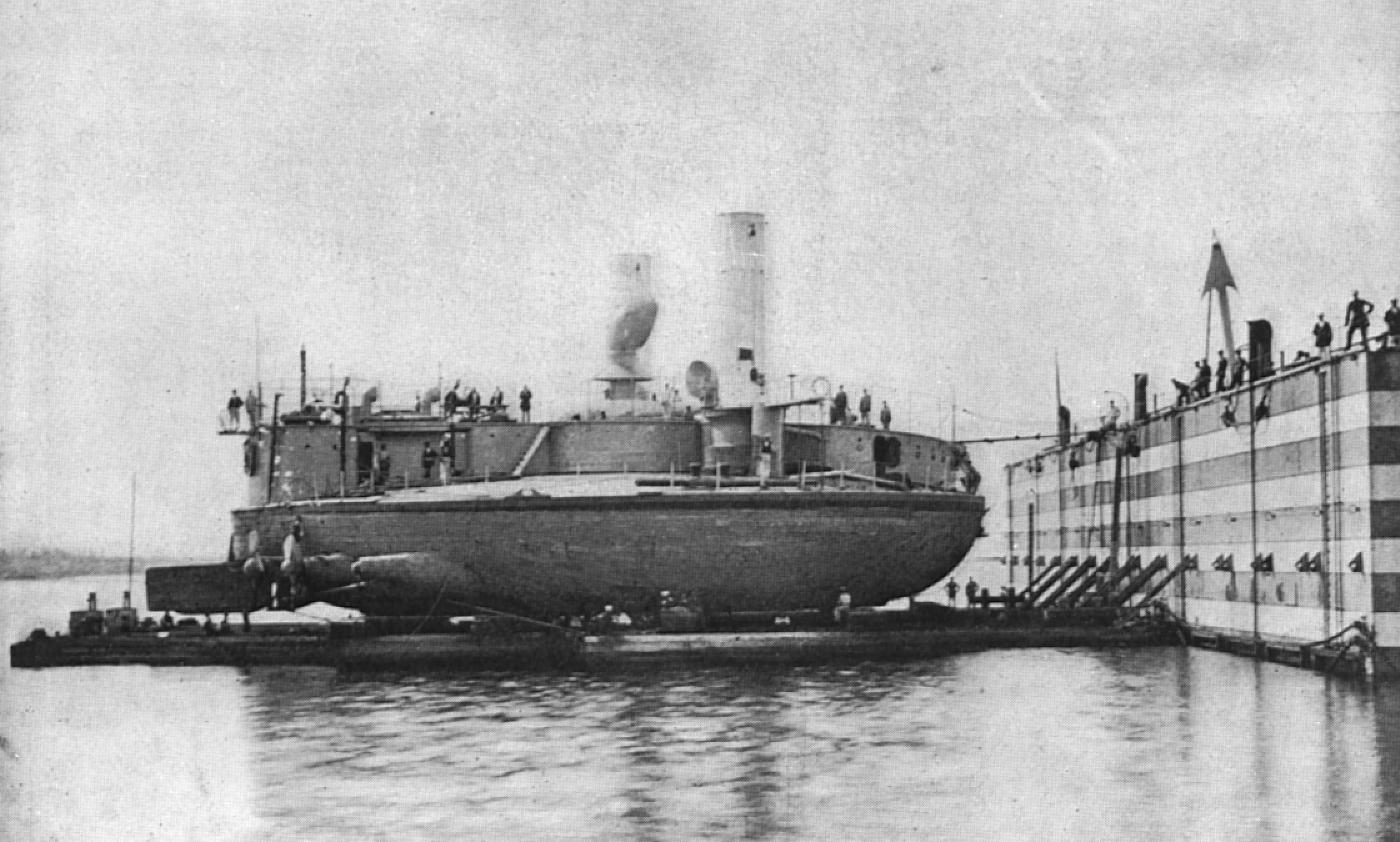
 1876
1876
Latimer Clark’s son, Lyonel Clark joins as Assistant Engineer.
Lyonel Clark joins the firm as Assistant Engineer and shortly thereafter proceeds to Russia to take charge of the re-erection of the Nicolaieff dock. Edwin Clark retires.
Picture: Nicolaieff Dock
John Standfield raises the SS Austral
John Standfield also gave much attention to the raising and recovery of sunken vessels, and exhibited working models of his patent appliances to H.R.H.
The Prince of Wales at the Westminster Aquarium. He was applied to by the owners of the S.S. AUSTRAL of the Orient Line, a vessel of 5,588 tons register, when she sank while coaling in Sydney Harbour in 1882, and succeeded in raising her. John Standfield contributed a paper on this work to the Institution of Naval Architects for which he was awarded a Telford premium.
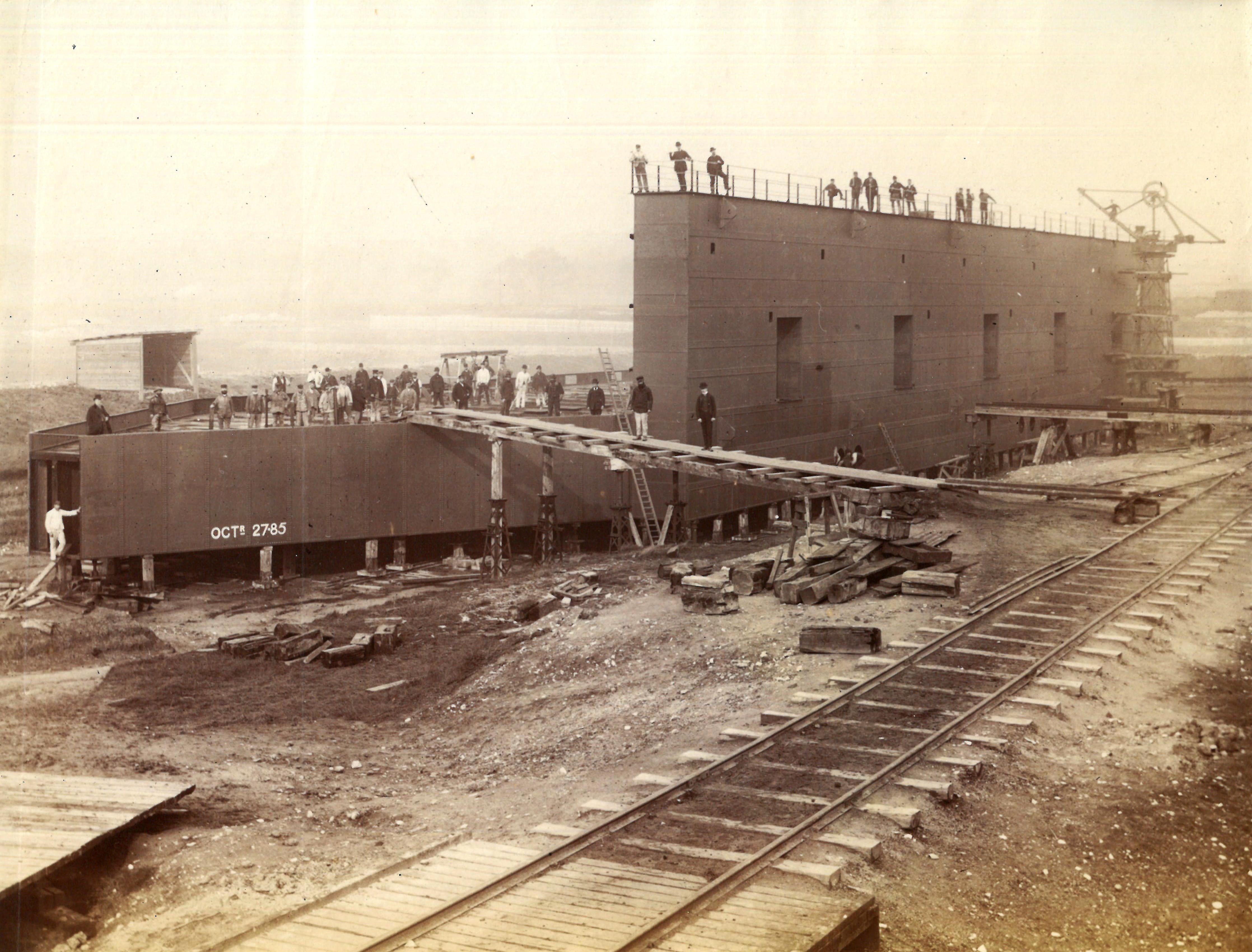
 1887
1887
C&S First Offshore Floating Dock for Cardiff at Grays Engineering Works.
First Offshore Floating Dock for Cardiff at Grays Engineering Works.
Picture: Floating Dock for Cardiff at Grays Engineering Works
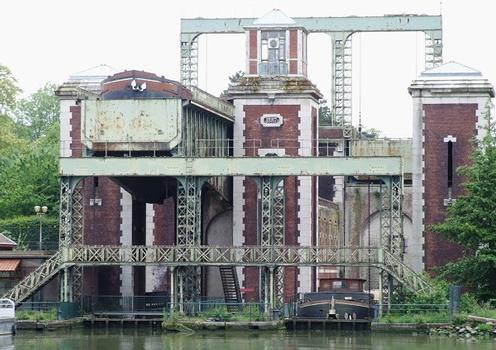
 1888
1888
First of the SS Vile de Calais sinks and first of the Canal du Centre Canal lift opened.
In 1888 the S.S. VILLE DE CALAIS, a petroleum tank vessel, exploded and sank in Calais Harbour, and John Standfield sometime afterwards purchased the wreck, with the view of raising the undamaged portion which contained the engines and boilers.
This after a considerable expenditure of time and money, he succeeded in doing, after cutting off the damaged bow-portion of the steamer and building a bulkhead across her.
First of the Canal du Centre, Belgium, four canal lifts completed and a canal lift at Les Fontinettes, France on the Canal de Neufosse.
Picture: Canal Lift at Les Fontinettes
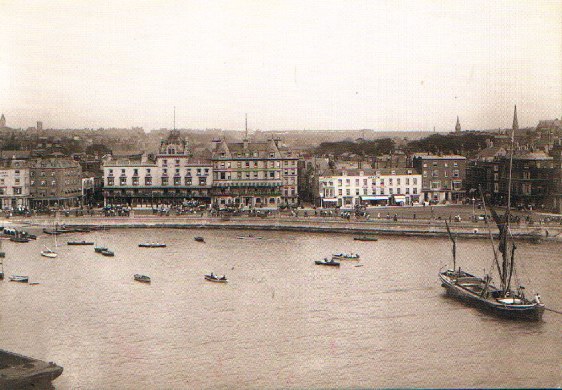
 1890
1890
John Standfield Died. Lyonel Clark appointed Chief Assistant
On Saturday evening, March 1st, 1890, the salvaged section of the S.S. VILLE DE CALLAIS was got under steam, and also taken in tow by a powerful tug, with the intention of bringing her to England. Early on Sunday morning, 2nd March, a sudden storm arose, and breaking away from the tug the vessel became unmanageable; an attempt was made to leave her in a boat, which capsized in lowering, and John Standfield and three of the crew lost their lives.
The vessel shortly foundered about a mile off Margate. Mr Standfield's body was recovered the following morning off Deal, and was interred at Norwood cemetery on the 8th of March. On the death of John Standfield, The Clarks, after negotiations with John Standfield’s relatives, acquired the business. Lyonel Clark was appointed Chief assistant to his father, Latimer Clark.
Picture: Margate from the Sea Late 1800's
Vera Cruz Floating Dock Built
The only known example of a sliding caisson type floating dock built for the Mexican Government at Vera Cruz. Dock had a lifting capacity of 2300 tons – a model of the dock exists in the Science Museum, London.
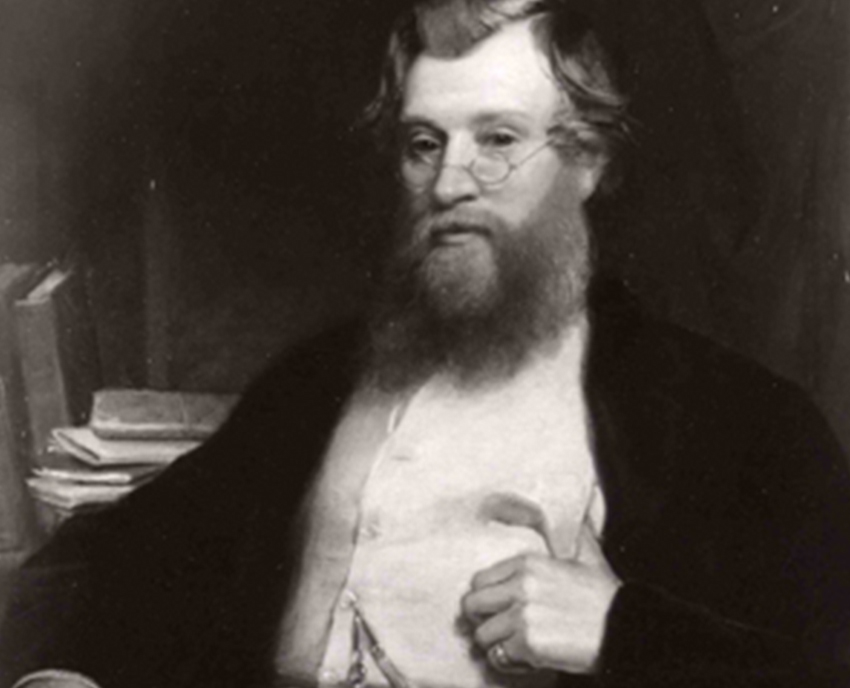
 1893
1893
Edwin Clark Died
Picture: Portrait of Edwin Clark
Sidney Francis Staples becomes Senior Partner
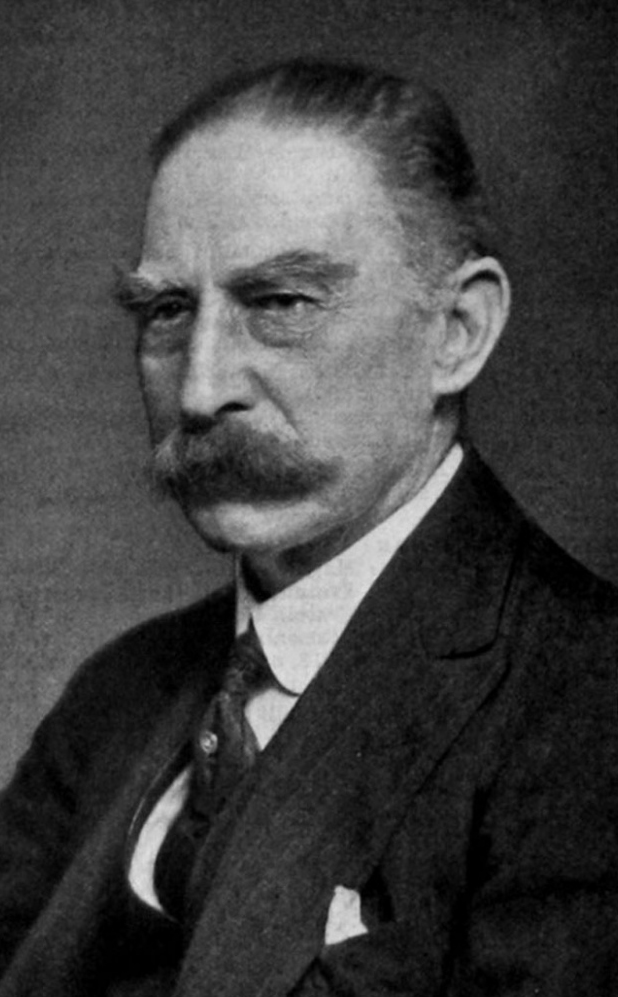
 1898
1898
Josiah Latimer Clark Died. Lyonel Clark becomes Senior Partner. Algiers Floating Dock built.
After much lobbying of the USA government on the safety and applicability of floating docks, C&S were entrusted with the design of the first steel floating dock for the US Navy at Algiers.
The dock had a 10,000-ton lift. US Corps of Engineers, Cunningham oversaw construction and thereafter he designed further docks introducing the Cunningham form of self-docking dock.
Picture: Portrait of Lyonel Edwin Clark
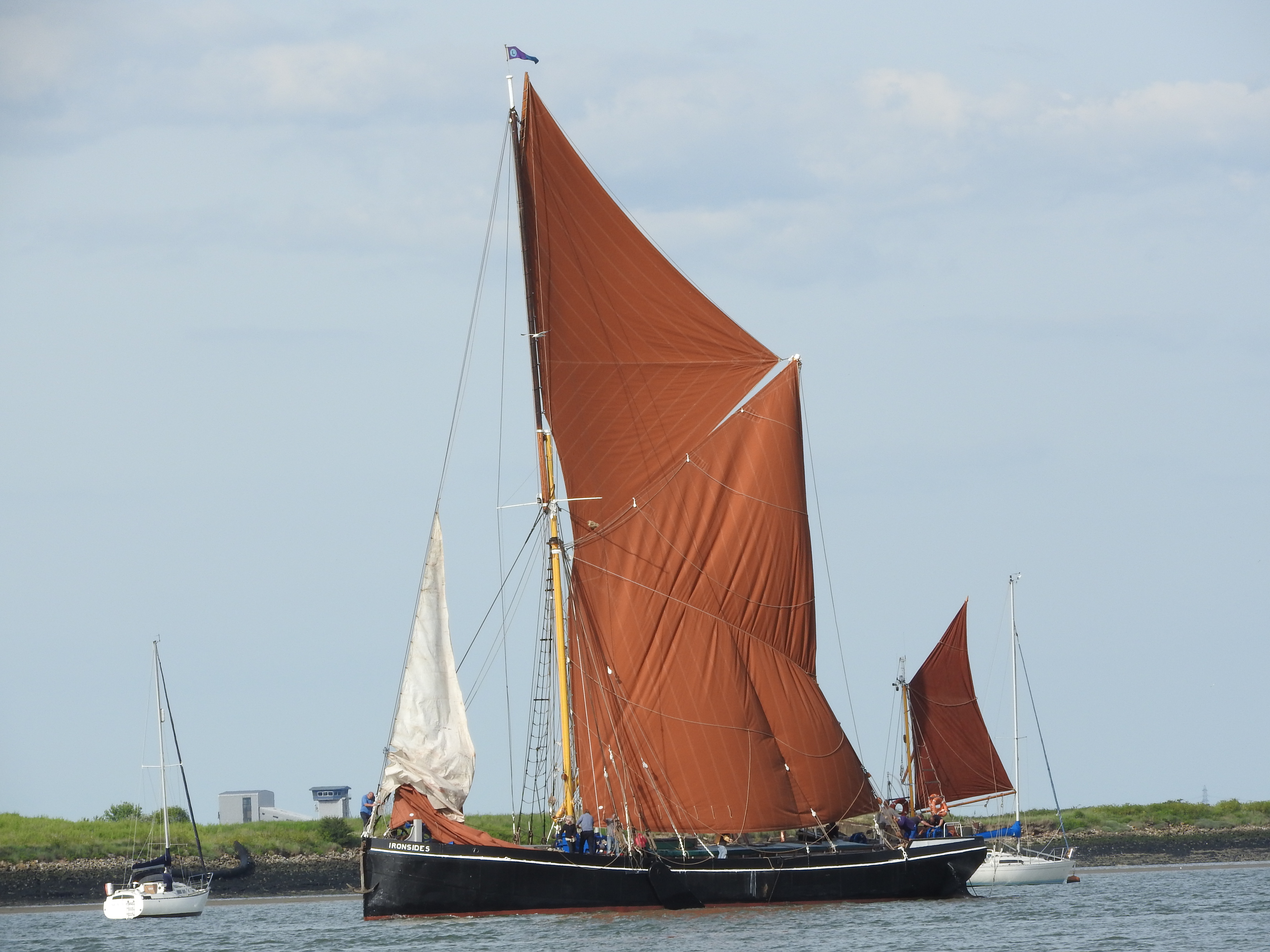
 1900
1900
Admiralty Floating Dock No.1 built.
Admiralty Floating Dock No.1 built by CS Swan and Hunter to the designs of Clark & Standfield. The dock was a floating graving dock and had a lift of 16,500 tons.
The dock was towed to Bermuda to replace the original naval dock designed by Campbell.
In 1900 Clark & Standfield’s Grays Engineering Works was sold. One of the last vessel’s built at the works was the Thames Sailing Barge ”Ironsides “. This vessel still exists and is on the National Historic Ships UK Register (http://www.nationalhistoricships.org.uk/register/470/ironsides)
Picture: Ironsides Sailing Barge
Dr Hinkly Salmon joins as Design Engineer
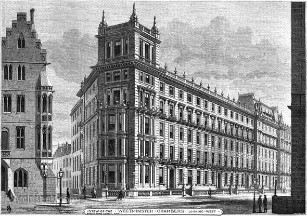
 1909
1909
Clark & Standfield's offices at Westminster Chambers on Victoria Street, London.
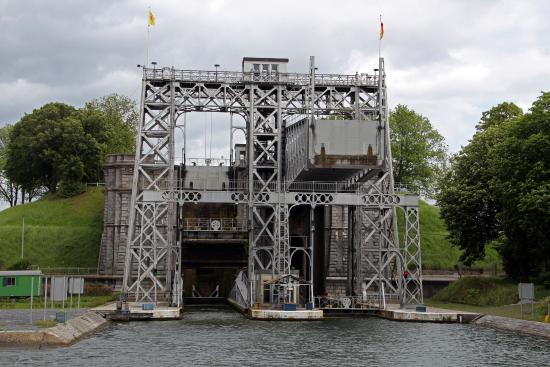
 1917
1917
The remaining three canal lifts for the Canal du Centre, Belgium, opened.
Picture: Canal du Centre, Belgium
Dr Hinkly Salmon becomes Senior Partner
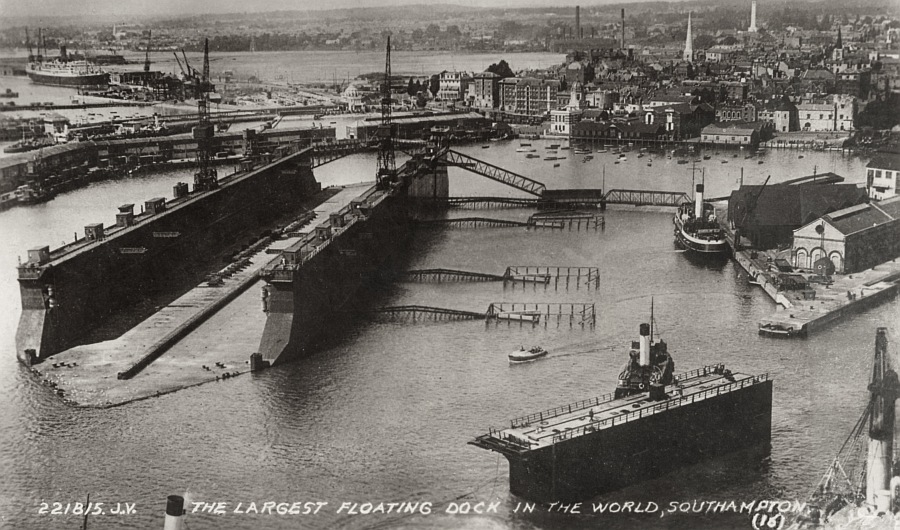
 1922
1922
Largest Floating Dock at the Time
Southampton Floating Dock Completed
Picture: Southhampton Floating Dock
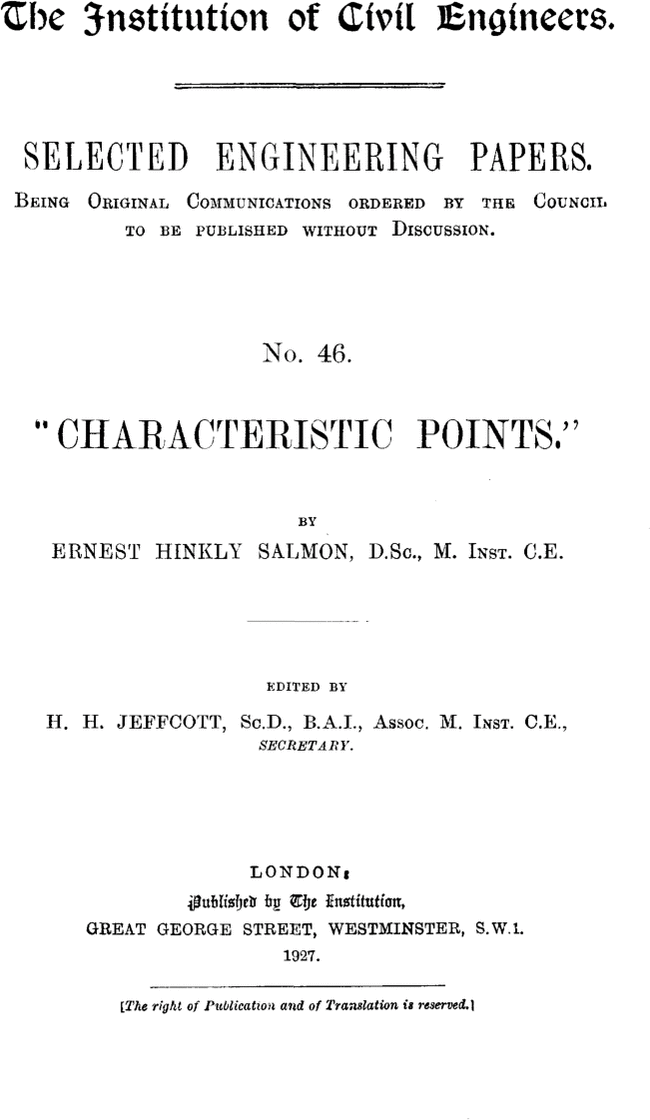
 1927
1927
Dr Salmon’s ICE Selected Engineering Paper No. 46
Dr. Salmon wrote for the Institution of Civil Engineers a paper on "Characteristic points", which was later published as Selected Engineering Paper No. 46 by the Institution. It is a further application of Professor G. Claxton Fidler's theory of characteristic points, and deals with the building of continuous beams, which he later extended to portals and other structures. (The use of this method can be seen in many of the transverse frame strength calculations in past floating docks).
Picture: Engineering Paper No. 46

 1928
1928
Lyonel Clark Died
Sidney Francis Staples Died – Dr Salmon Becomes Sole Partner.
On the death of Sidney Staples, Dr Salmon becomes the sole partner.
Edward Simmons joins as Design Engineer
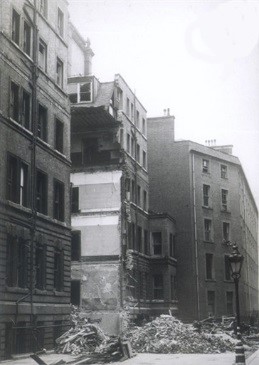
 1939
1939
World War II
Dr. Salmon was asked by the Naval Construction Department of the Admiralty, under Sir Stanley Goodall, K.C.B., Chief Naval Constructor, to assist the department on the design of floating docks for the Admiralty.
Due to lack of time, a number of pre-war designs were used for the docks Offices at 11 Victoria Street hit by incendiary. Fire water, contaminated by lime in ceilings, damages many of the old records in the basement.
Picture: USS WW2 Bomb Damage 15 Victoria Street (From Rear at Abbey Orchard)
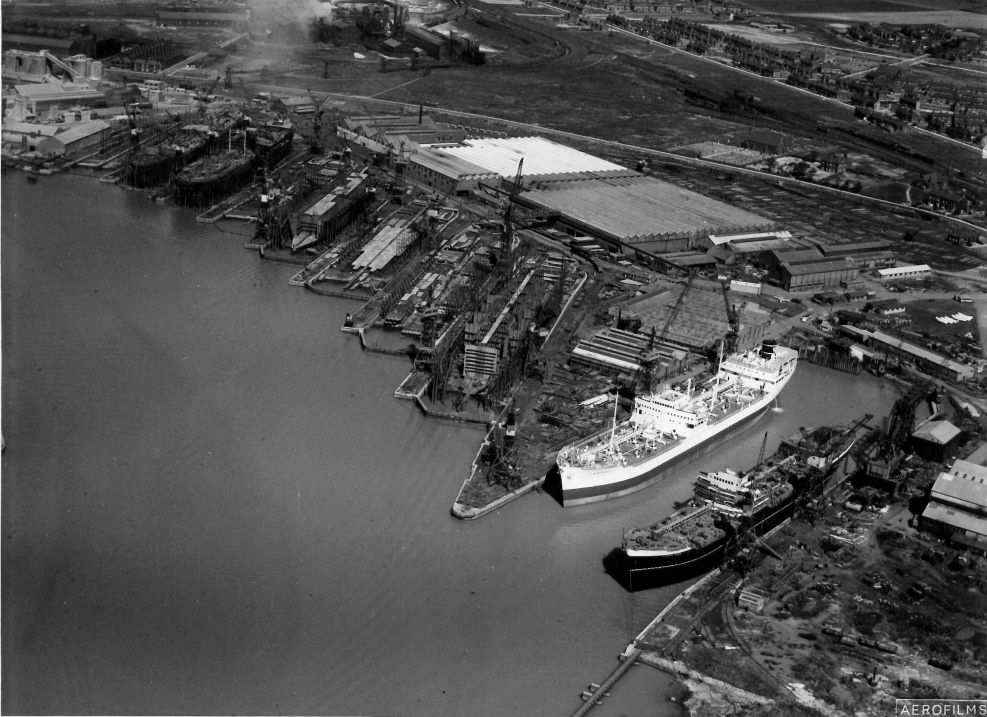
 1947
1947
Dr Salmon Dies
On October 21st. 1947 Dr Salmon died as the result of a fall a few days earlier at home. His relatives eventually sold the company to Furness Shipbuilders as they had built a number of floating docks to Clark & Standfield’s designs.
However, as Swan Hunters had also built a number of floating docks to Clark & Standfield designs, they were given a stake in the company.
Clark & Standfield becomes a Limited Company
Edward Simmons becomes Managing Director
Clark & Standfield prepare detailed design of a fleet carrier floating dock for the Ministry of Defence.
Clark & Standfield prepare detailed design of a fleet carrier floating dock for the Ministry of Defence capable of lifting 110,000 tons for the UK’s aircraft carriers. Construction abandoned due to change in UK defence policy.
Transferred to Vickers Shipbuilding & Engineering
On the demise of Furness Shipbuilders, the company was taken over by Vickers Shipbuilding & Engineering with projects being undertaken at London (Jermyn Street) and VSEL Barrow in Furness.
The London office then moved to British Shipbuilders’ headquarters in Knightsbridge, London, following the nationalisation of the UK Shipyards and Clark & Standfield.
Clark & Standfield purchased by the Newshott Group and London Office moves to 11a Curzon Street where joined by David Westmore as an Associate Director.
Edward Simmons retires and London Office at 11a, Curzon Street closed and moved to Paisley. David Westmore appointed Managing Director.
Management buy out results in Clark & Standfield becoming a subsidiary of Lobnitz Marine Holdings
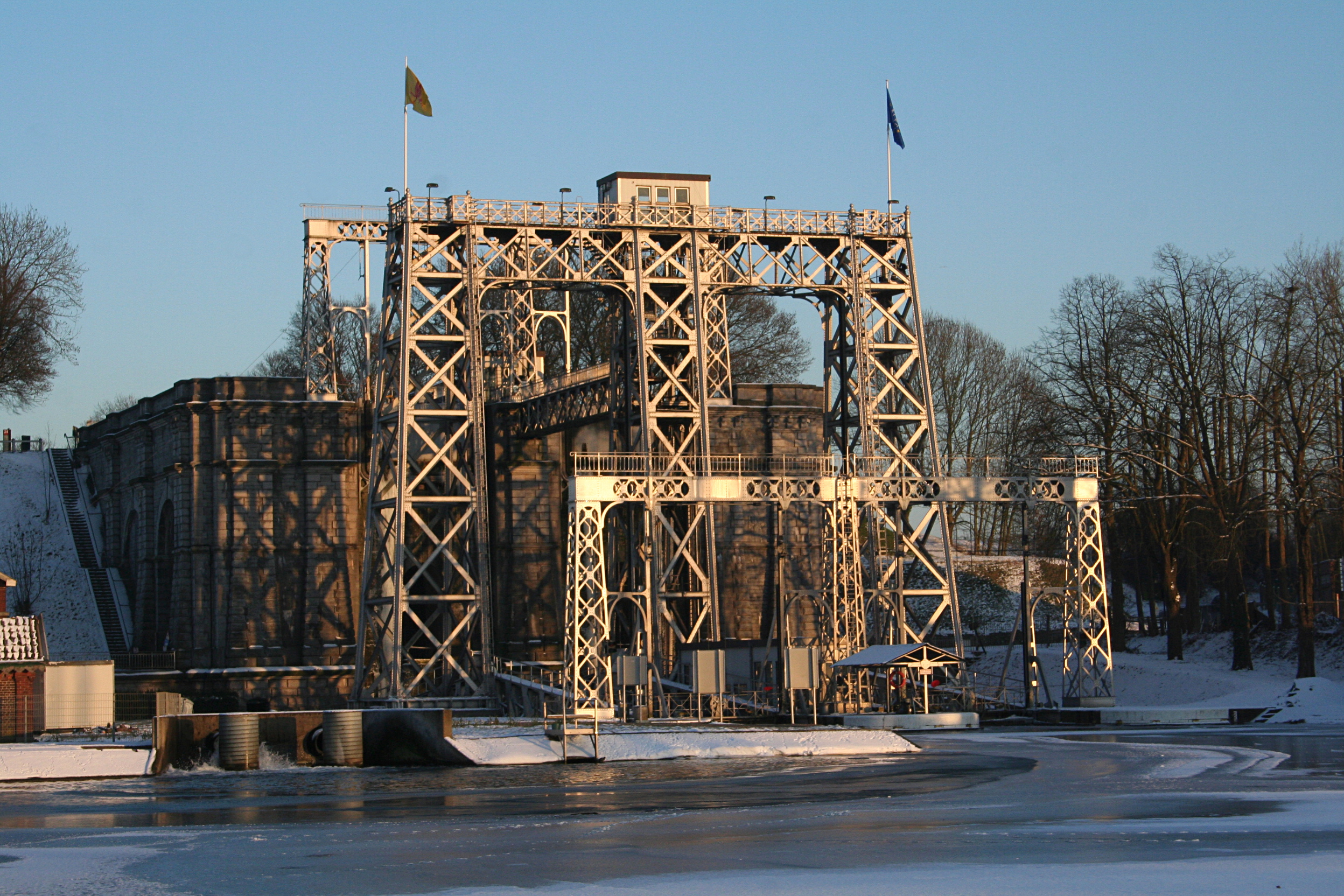
 1998
1998
Clark & Standfield’s hydraulic canal lifts on the Canal du Centre, Belgium, given World Heritage status by UNESCO.
Picture: Canal du Centre, Belgium
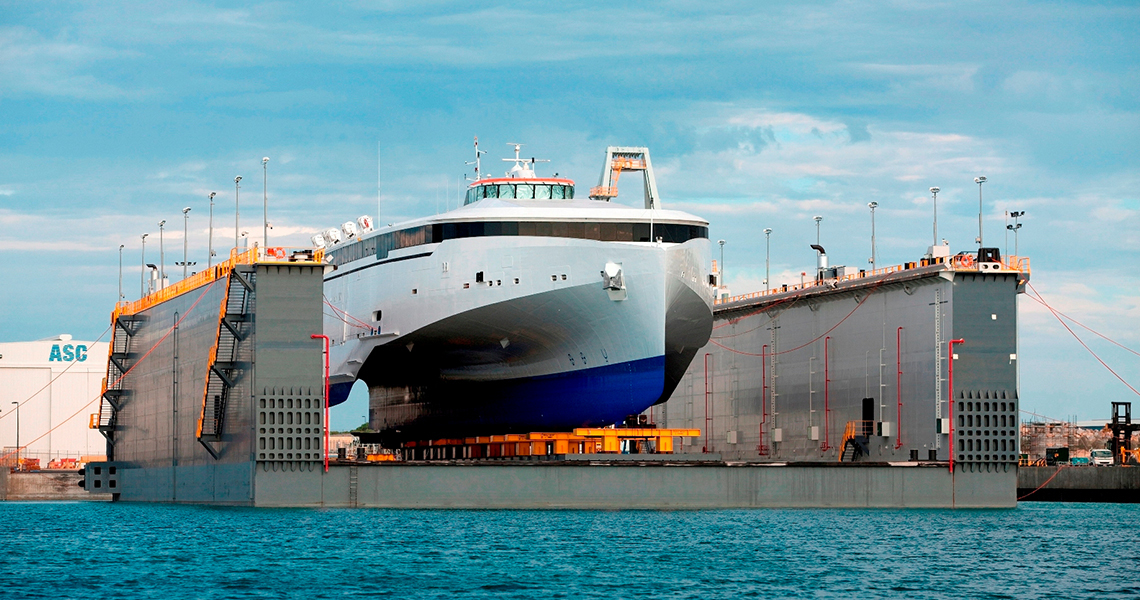
 2010
2010
Construction completed of a Clark & Standfield designed of 12,000 tonne lift floating dock for the Western Australian Government.
Capable of the shore transfer of submarines and other vessels. Design includes ability to be linked to a future floating to increase lift capacity to panamax size vessels.
Construction completed of a Clark & Standfield designed of 12,000 tonne lift floating dock for the Western Australian Government capable of the shore transfer of submarines and other vessels. Design includes ability to be linked to a future floating to increase lift capacity to panamax size vessels.
The 12,000 tonne lift floating dock for the Western Australian Government

